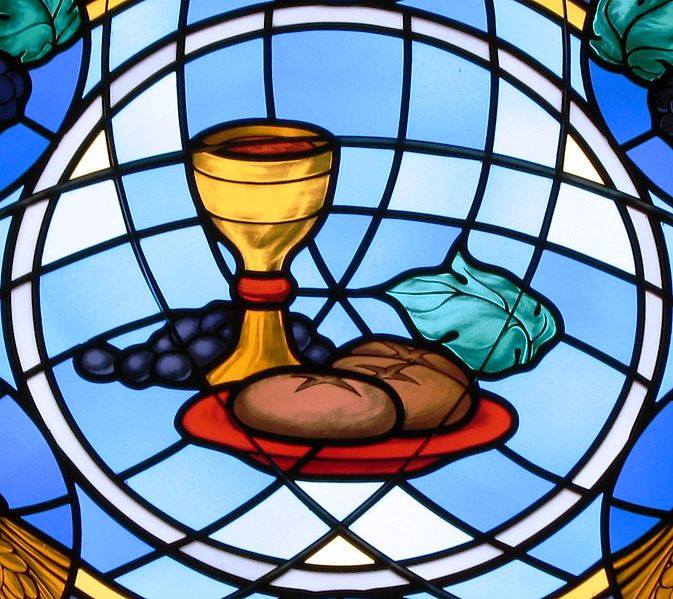19 Feb. The significance of bread
"The Pharisees came to Jesus and began to ask him questions. Hoping to trap him, they asked Jesus for a miracle from God."
"Jesus sighed deeply and said, 'Why do you people ask for a miracle as a sign? I tell you the truth, no sign will be given to you.' Then Jesus left the Pharisees and went in the boat to the other [eastern] side of the lake."
"His followers had only one loaf of bread with them in the boat; they had forgotten to bring more."
"Jesus warned them, 'Be careful! Beware of the yeast of the Pharisees and the yeast of Herod [Antipas].'"
"His followers discussed the meaning of this, saying, 'He said this because we have no bread.'"
"Knowing what they were talking about, Jesus asked them, 'Why are you talking about not having bread? Do you still not see or understand? Are your minds closed? You have eyes but you don't really see. You have ears but you don't really listen.'"
"'Remember when I divided five loaves of bread for the 5,000? How many baskets did you fill with leftover pieces of food?' They answered, 'Twelve.'"
"'And when I divided seven loaves of bread for the 4,000, how many baskets did you fill with leftover pieces of bread?' They answered, 'Seven.'"
"Then Jesus said to them, 'Don't you understand yet?'"
(Mark 8:11-21)

Jesus was confronted once more by the Jewish Pharisees, and his answer was remarkable. Jesus had just performed an amazing miracle by feeding a second crowd of 4,000 followers with just seven small loaves of barley bread (see Mark 8:1-10). Almost immediately afterwards, he said to the unbelieving religious leaders, "Why do you people ask for a miracle as a sign? I tell you the truth, no sign will be given to you."
Jesus's words seem to contradict his deeds; so is there more to this statement? The Pharisees knew about the two miracles where Jesus's followers were miraculously fed with a few loaves and fishes; but they could attribute these miracles to God's blessings on Jesus's Jewish followers. To them, neither miracle implied definitively that Jesus WAS the Son of God.
What they really wanted to see was a miracle that left no doubt in their minds that Jesus really was God's special envoy - the Messiah, the Son of God.
Jesus had been tempted to demonstrate this kind of 'miracle' before - you can read about the temptation to show his divine power in Matthew 4:1-11. But Jesus refused to show this kind of 'super-miracle'. If the Pharisees wouldn't believe the miracles they'd already seen, Jesus wasn't prepared to fall into their trap and be immediately accused of 'blasphemy' by the Jewish authorities.
The problem was, even his own followers didn't recognise the significance of what they saw Jesus doing: "Do you still not see or understand? Are your minds closed? You have eyes but you don't really see. You have ears but you don't really listen."
They had eyes to see, but when these feeding miracles took place, all they saw was bread. They couldn't see beyond the obvious: people had been miraculously fed. Yes! But what did this say about Jesus himself?
In a way, they couldn't "see the wood for the trees". They saw the actual bread, but they couldn't see the 'bread of life' beyond the purely physical bread. They could see that Jesus could create food, but they couldn't see that Jesus could satisfy every longing in their hearts. Like many people today, they could see the material world, but not the divine dimension.
Neither could they recognise the danger of the ‘yeast’ (the growing opposition) of the Pharisees and the supporters of Herod Antipas – as their corruption and evil intentions were about to multiply like the small amounts of yeast that cause dough to rise when making bread. Their eyes had not yet been opened.
The photo (by Nheyob) shows bread & wine on a stained glass window at the church of St Michael the Archangel, Findlay, Ohio, USA.
You can read more about Jesus's teaching @ https://www.thebiblejourney.org/…/…/jesus-in-tyre-and-sidon/
